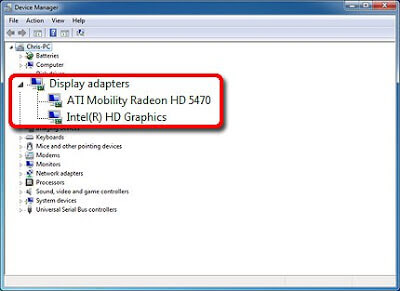

This will open Device Manager Locate Universal Serial Bus Controllers in the list.

For this Windows computer, first right click Start then left click Run. Updating the system on your laptop may resolve the HDMI or USB port connectivity issue. Plugging a different USB device into your computer will also determine if it is the port or the device that is the problem. If the USB device comes alive when plugged into a new computer, it is for sure the port that is the issue. The cable-connected device could also be the problem rather than your laptop, Plug it into another computer and test if the device is recognized. The cable may be broken rather than the port, Make sure to try out different cables with your computer. If the device starts working, the first port will need to be fixed for future use. Unplug from the port you are having issues with and test out others on the laptop. If the above solutions did not work, try using any other HDMI or USB ports. In this case, it is best to take your laptop in to a professional. If more movement is possible when testing the internal connection, the port may be detached or bent from its place in the laptop.


If the laptop connects to the device and then disconnects, or briefly recognizes it, the port or cable may be broken. Test this by inserting the USB or HDMI connected device and move it around slightly. If nothing is found in the port, the internal connection may be broken or loose. If anything is inside, shut down the computer and carefully remove the obstruction with a small instrument like a toothpick. When it is done restarting, plug the cable back into the HDMI or USB port and check if the laptop recognizes the device. If there is no such update, contact Dell for support regarding failed ports. Try checking the system settings to see if there is an update available tat might affect the response of the ports.


 0 kommentar(er)
0 kommentar(er)
